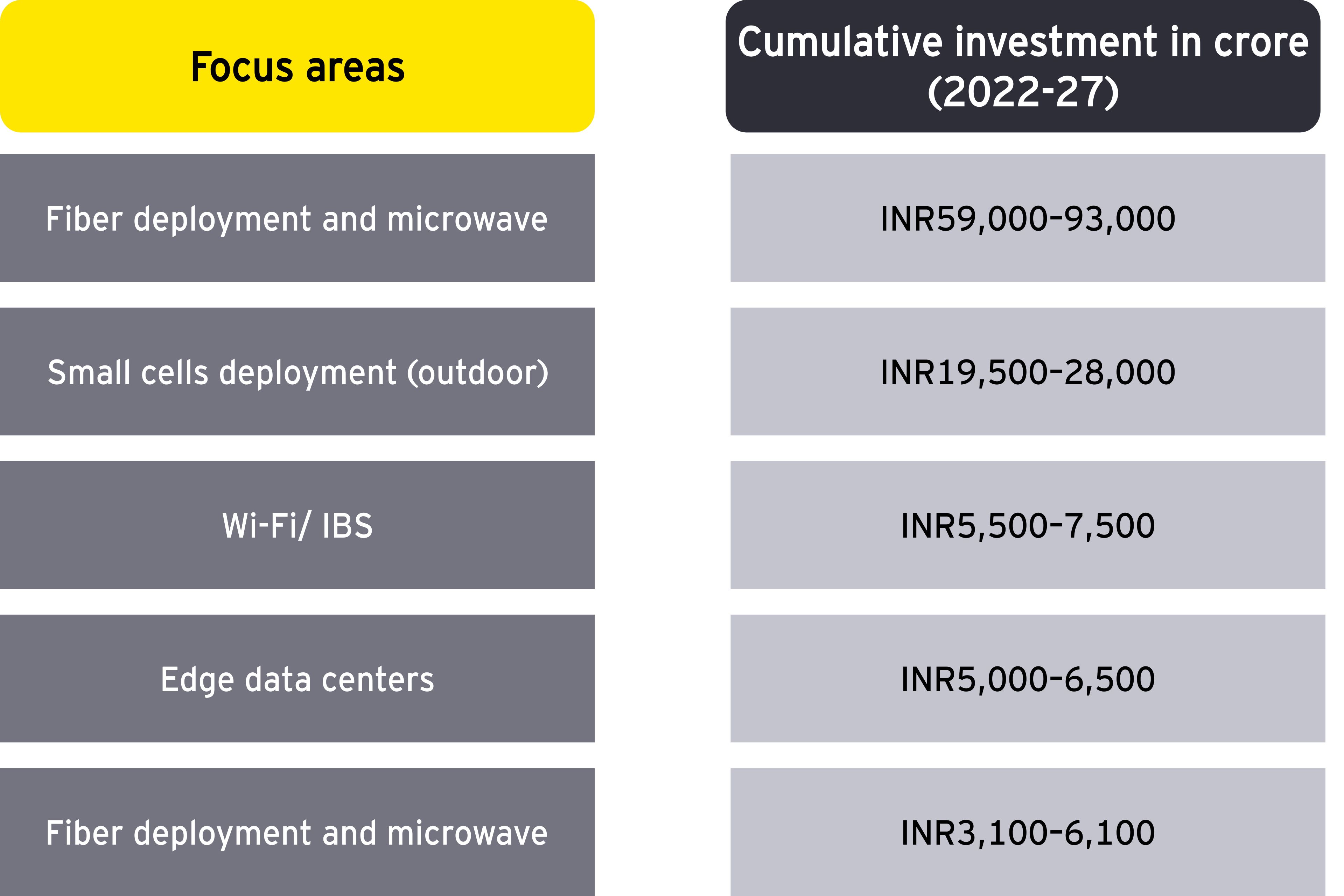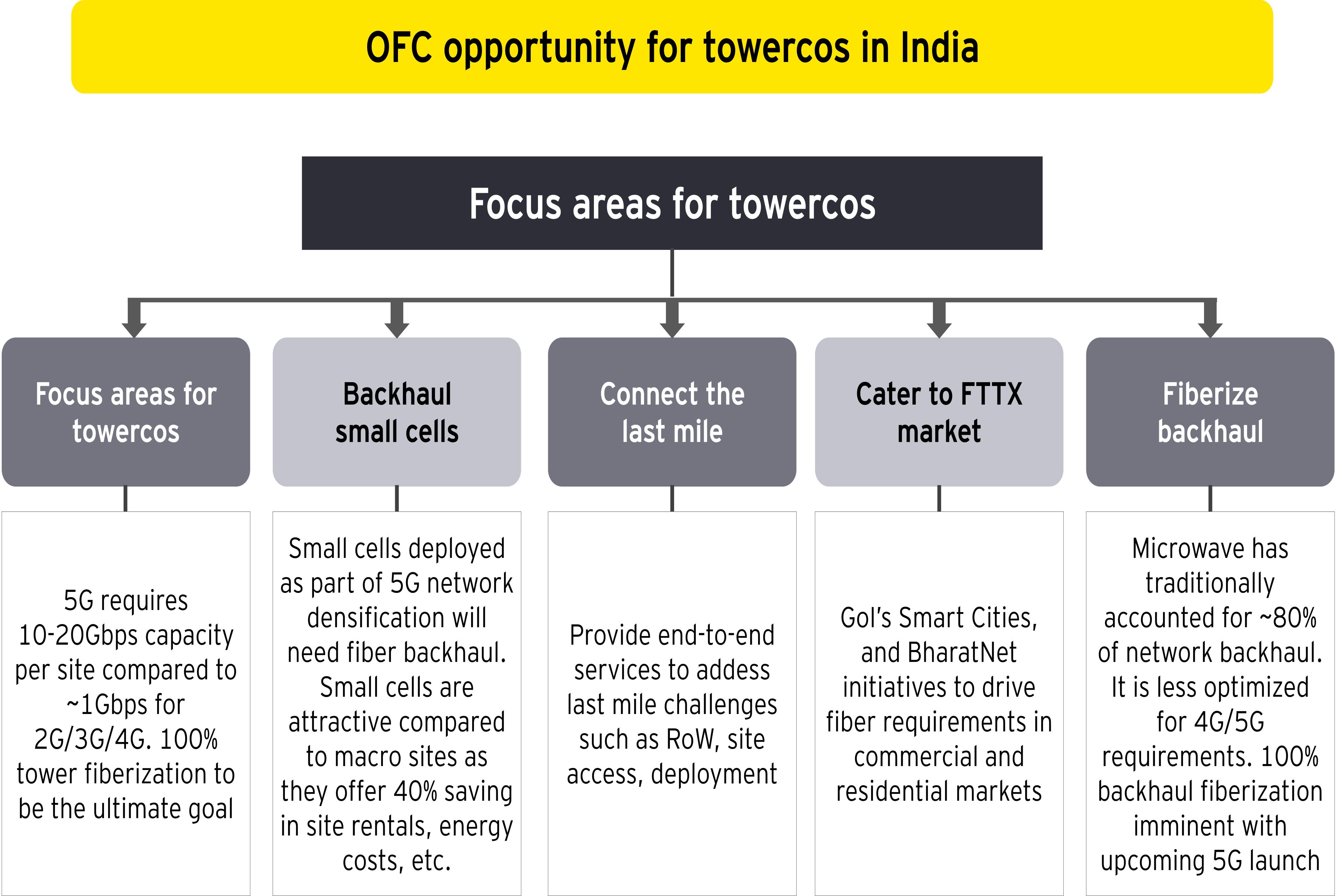Network densification will be a key feature to support high-bandwidth applications and surge in data traffic in a 5G network. Towercos’ ownership of shared infrastructure and expertise in Right-of-Way (RoW) makes them ideally placed to deploy small cells. Small cell deployments are expected to increase capacity, improve coverage and energy efficiency while reducing risk of radiation. Street furniture can be utilized to mount small cells for providing telecom services as well. Considering the costs involved, complexity, and time frames for densification of the proposed 5G network infrastructure, there is a need to put in place a mechanism for using the existing street resources for large-scale deployment of small cells.
Increased adoption of low latency and high bandwidth applications has necessitated the need for edge data centers. Towercos can optimize their asset utilization by offering space for co-location of edge data centers. Through steady power supply and fiberized backhaul, tower sites can support edge data centers closer to the user, reducing the need to send backhaul data traffic to a centralized hub.
Proactive measures by the Government of India (GoI) to enable a faster rollout of digital infrastructure and enhance ease of doing business
The PM GatiShakti — National Master Plan, with an estimated investment of INR100 lakh crore and bringing 16 Ministries together, is truly a transformative moment for India. Seamless coordination between different government departments is expected to bring in significant efficiencies in delivering projects. For the telecoms sector in India, the PM GatiShakti National Master Plan will be instrumental in boosting the digital infrastructure rollout.
The GatiShakti Sanchar Portal has brought together all central ministries and states/union territories under one platform. It is one of the best examples of a coordinated approach to improve efficiencies and quicken decision making. There is a significant decline witnessed in the average number of days to dispose of RoW applications. Disposals are keeping pace with the increase in applications received.




